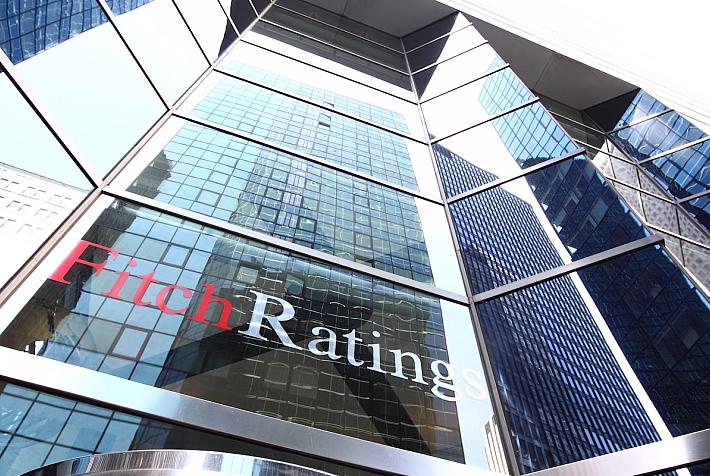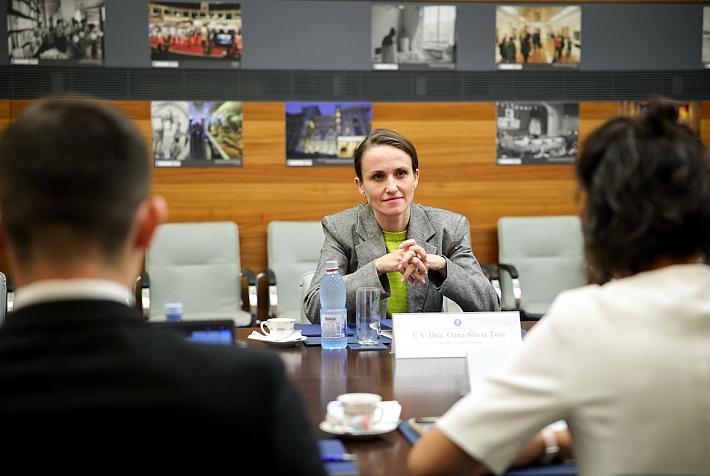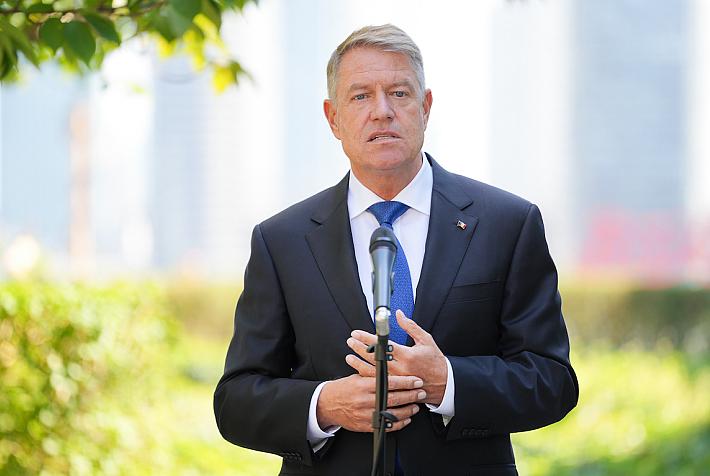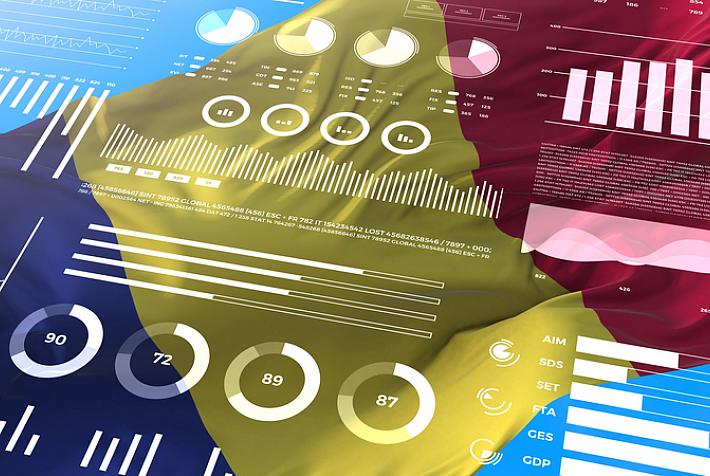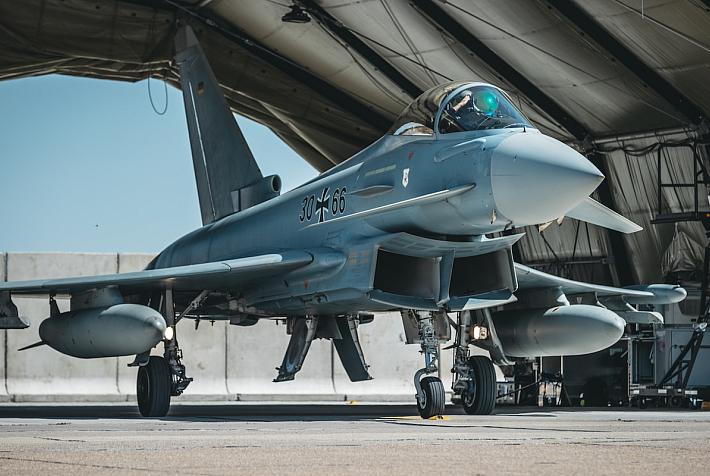(P) Transfer pricing and customs valuation - The need for a coordinated approach

In 2015 the World Customs Organisation (“WCO”) issued the Guide on Customs Valuation and Transfer Pricing. Although the interaction between the two areas is not a new international concern, recent developments including an increasing frequency of customs controls and transfer pricing inspections, along with the enforcement of new compliance requirements in many countries, have singled out a need for an instrument to help achieve a better coordination between transfer pricing and customs valuation.
This article is intended to examine to what extent such coordination is needed in Romania, from the perspective of both multinationals operating on the market – which are required to comply with the local transfer pricing and customs legislation– and of the Romanian tax and customs authorities – which need to ensure compliance with legal provisions and taxes/duties owed by taxpayers are collected. What steps need to be followed in order to ensure the coordination between transfer prices and customs value, considering that both areas now under the supervision of the National Agency for Fiscal Administration (ANAF)?
Why is coordination needed?
Coordination between transfer pricing and customs valuation is needed for companies which are part of the same group and carry out import/export operations.
It is well known that transfer pricing and customs valuation are governed by specific sets of legislation that companies should comply with. While the customs authorities seek to ensure that the price of goods imported within a group of companies is fair when the buyer and the seller are related parties, the role of the tax administration is to make sure that the same price of goods is at arm’s length, i.e. no overpricing occurs by virtue of the related party relationship.
The following example is intended to show the need for coordination between tax and customs authorities
A Romanian company imports goods from the US from another group member company (related party), and the transaction price is 100 CU. The same Romanian company also imports the same quantity of the same goods from another US company (a third party supplier) and the transaction price is 90 CU.
After the import, the Romanian company is subject to a tax inspection focused on transfer pricing, where the tax authorities assess that the company purchased goods from related parties for a price higher than that paid to unrelated suppliers. As a consequence, the tax authorities impose a transfer pricing adjustment, by reducing by 10 CU the expense recognised for corporate income tax purposes.
This adjustment ruled by the tax authorities should also be reflected in the customs value of the imported goods by decreasing it accordingly. However, in this case (where the customs value is decreased and, implicitly, the customs duties charged), the company in question may expect the customs authorities to carry out an analysis in order to validate the conclusions of the tax authorities from a customs perspective.
It is easy to observe why the price set for such imports of goods between affiliated companies should meet both sets of rules at the same time, avoiding thus the risk of having the same price accepted for transfer pricing purposes and in the same time challenged for customs valuation purposes, or vice versa.
The practice of developed countries, such as the UK or the Netherlands, shows that the tax and customs administrations have developed a joint working framework to deal with such issues. The customs authorities of these countries assess the circumstances surrounding a sale of goods by extracting information on the selling price from other documents available in the transfer pricing area, e.g. transfer pricing documentations or advance pricing agreements, as appropriate.
The aims of the WCO Guide
The Guide sets out to answer the following question: to what extent can customs authorities use the information derived from transfer pricing studies to assess whether the price of transferred goods was influenced or not by the related party relationship?
The WCO Guide recommends customs authorities to use the information derived from transfer pricing studies when examining the prices of goods imported by related parties. To that effect, the development of new guidelines is intended that will help customs administrations in examining and interpreting transfer pricing studies. Annex VIII to the Guide provides examples of information to be found generally in transfer pricing studies, which may be relevant for customs purposes (e.g. financial information, transfer pricing policies, benchmarking studies etc.).
Another issue which raises questions is: what happens when a company is subject to a tax inspection after performing imports of goods, and the tax authorities impose transfer pricing adjustments on the taxpayer? Should these price adjustments be considered by the customs authorities in determining the customs value of the imported goods? How should such adjustments be reflected without placing the company in a disadvantaged position (e.g. late payment interest and penalties)?
A key message arising from the WCO Guide is that it encourages customs and tax authorities to work closely and exchange information and knowledge in this area.
Multinationals in their turn are encouraged to consider their needs from a customs perspective when preparing transfer pricing studies and/or advance pricing agreements.
Another important message arising from the WCO Guide is that it encourages customs authorities to issue tax rulings on the customs value of goods traded between related parties. Such instruments would provide taxpayers transparency and certainty with respect to customs valuation rules.
Applicability in Romania
Romania’s transfer pricing legislation makes clear reference to the OECD’s Transfer Pricing Guidelines for Multinational Enterprises and Tax Administrations, while the customs duties are regulated by the Community Customs Code and Regulation for laying down the provisions for its implementation, which reference the Agreement on Implementation of Article VII of the General Agreement on Tariffs and Trade (signed in 1994). Thus, since we talk about an international set of rules impacting Romania, the recommendations in the WCO Guide are directly applicable to cases involving imports of goods carried out by multinationals in Romania.
The Romanian legislation also allows Romanian taxpayers engaged in inter-company transactions to seek from the tax authorities the issuance of advance pricing agreements. When the object of such an agreement is an inter-company import of goods, it is advisable for this process to be correlated with the customs duties and customs valuation needs. At the same time, the exchange of information between the Transfer Pricing and Tax Rulings Directorate and the National Customs Directorate within ANAF would enable a unitary approach of the two areas of interest. To make this happen, transfer pricing implications should be studied in connection with the customs implications, preferably before the issuance of an advance pricing agreement.
In addition, transfer pricing analyses carried out by Romanian taxpayers engaged in inter-company transactions should in their turn consider the relevant customs requirements.
Conclusion
To enable application of the WCO Guide, the interaction between Romanian tax and customs authorities on the matters above needs to take shape. On the other hand, Romanian taxpayers faced with these issues need to be aware that an integrated approach of the two areas may save them the inconveniences caused by potential divergent approaches in local tax and customs inspections. This is why, to avoid adverse impact in the future, it is advisable that transfer pricing policies be prepared by considering the related customs implications.

Authors:
Daniel Anghel – Tax Partner @ PwC Romania
Lorina Darmanescu – Tax Senior Manager @ PwC Romania
Daniela Dinu – Tax Director @ PwC Romania
(p) - this article is an advertorial






